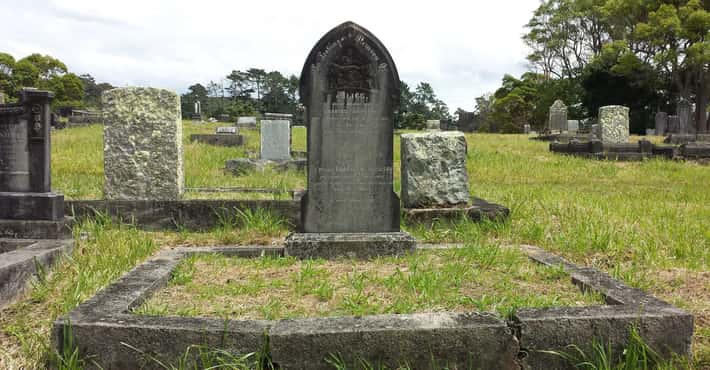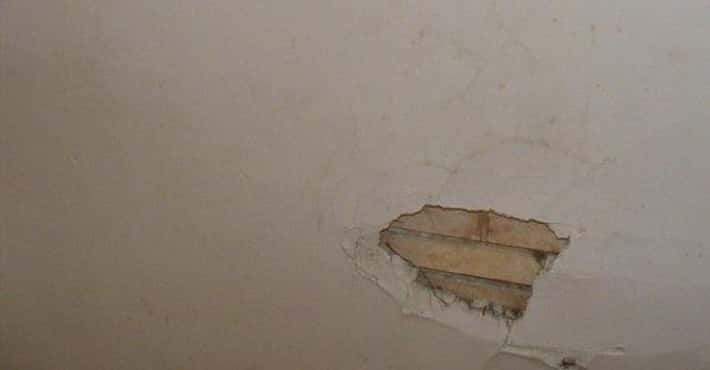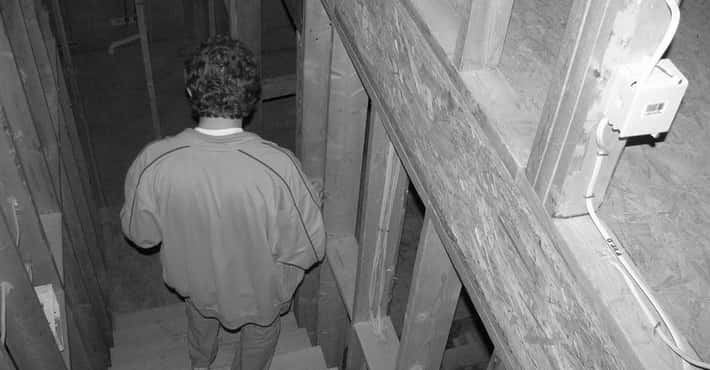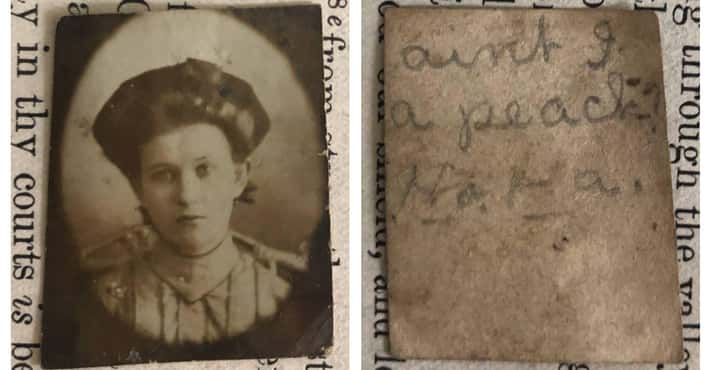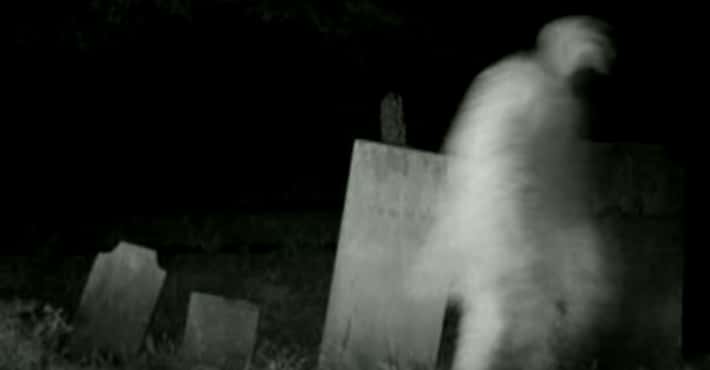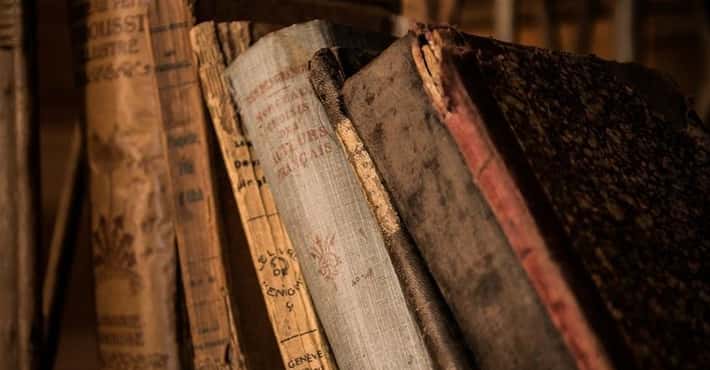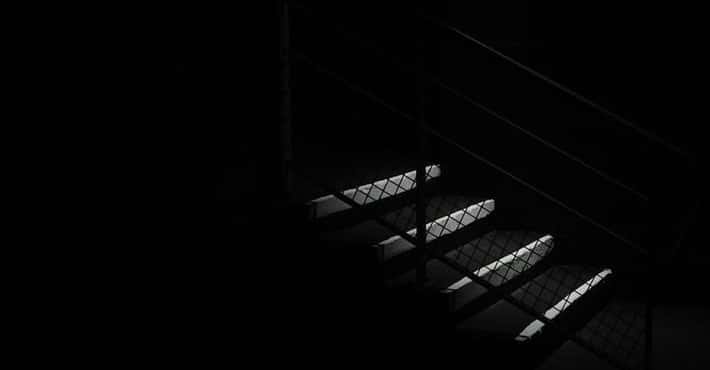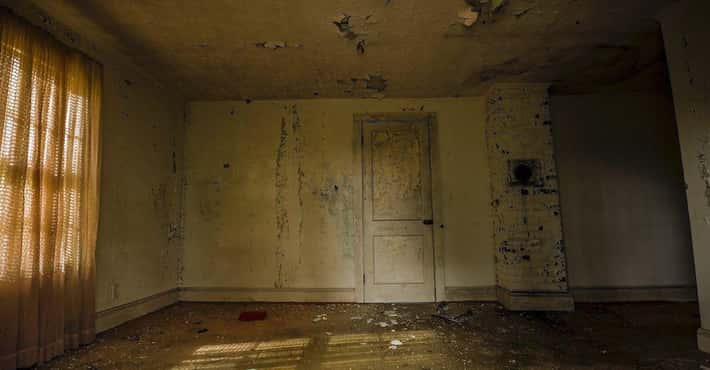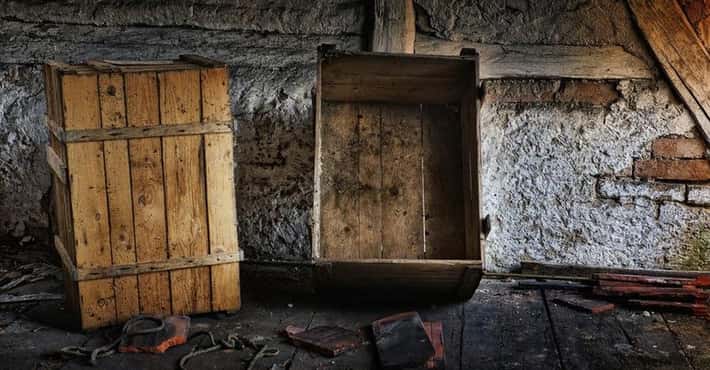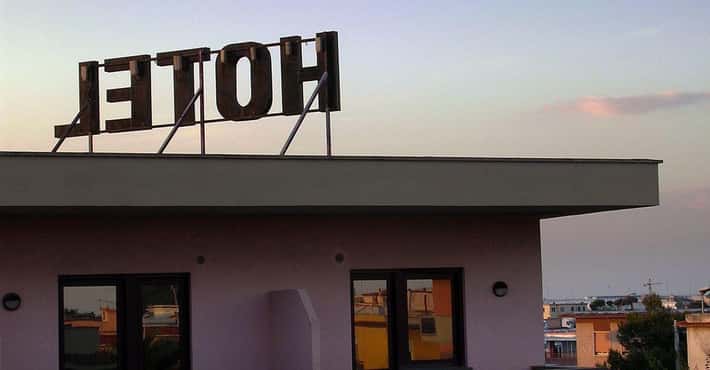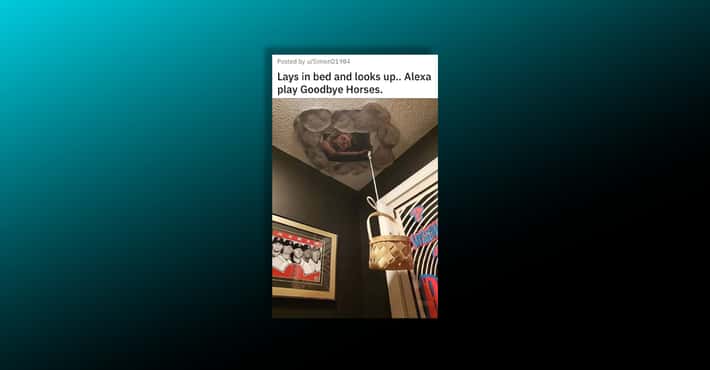The University Had No Idea Just How Many Graves Laid On Their Land Until They Did More And More Construction
The University of Mississippi Medical Center first became aware of the bodies in 1991 during the construction of new laundry facilities. While workers were installing water pipes, they found 44 coffins underground. Then, in 2013, during construction on a road and a parking structure, another 2,000 coffins were found. This was the first indication that the university was dealing with far more graves than they imagined.
Coffins Were Found Scattered Over 20 Acres Of Land
The Mississippi State Lunatic Asylum was the state's first mental institution, erected in 1855. The asylum remained in operation until 1935, when the hospital was moved to a new location. Two decades later, construction began on the University of Mississippi Medical Center in the same spot where the hospital once stood. Now that the school wants to build across its extensive grounds they find that this former cemetery extended over quite a bit of land.
Each Body Costs $3,000 To Exhume And Rebury
The most ethical solution to the problem would be to exhume and relocate each individual body. However, this would cost a whopping $3,000 per body, costing $21 million in total. As it's unclear where the funds would come from, the university is looking into cheaper alternatives that would still pay respect to the dead.
The university has proposed exhuming the bodies but keeping them on campus. They would store the patients' remains in a memorial center along with information about the history of the mental asylum and acknowledgment of the poor treatment of the patients.
With The Stigma Around Entering A Mental Institution, Many Don't Have Records Proving Their Relatives Were At An Asylum
- Photo:
Penny Stiles believes her grandmother was admitted to the asylum after her husband was convicted of murder in 1901. While she was listed as dead on census records shortly after her husband's release, Stiles believes her grandmother did not die until decades after this. She thinks she was committed to a mental institution after giving birth to her son, possibly due to post-partum depression.
Rhonda Richmond thinks her great-great-great grandmother may have been a patient at the hospital. Her grandmother used different names throughout her life and it's unclear when and how she died. These are just two of the many people who are hoping exhuming these bodies at the campus will provide answers.
African American Patients At The Asylum Were Treated Atrociously
- Photo:
After the Civil War, the asylum opened a segregated wing for African American patients. Records from the asylum indicate the segregated ward was subjected to overcrowding and the patients there were given worse food to eat than other patients. Discharge records from the asylum indicate a patient's cause of death and the African American deaths were listed as respiratory illnesses and diet-based deficiencies.
Ironically, The Asylum Was Built To Be A More Humane Treatment Facility
The asylum was built at a time of great reform in regards to the treatment of the mentally ill. Patients, while heavily guarded, were provided with more sunlight and access to the outdoors. At the time, sun and fresh air were believed to help cure mental illness.
A number of patients who entered the asylum were believed to be beyond rehabilitation and were never released. While their situation was supposed to be above that of living in a prison or ending up homeless, their confined status would be unethical by today's standards.
One Passerby Reported Hearing Screams From The Asylum While It Was In Operation
Despite its intentions to be a more humane institution for mental patients, reports still surfaced of patient mistreatment. One woman recalls driving past the asylum in the '30s and hearing screams. Whether she did or not, her memory certainly evokes the stigma around asylums and what people thought went on in them.
The Second Wave Of Bodies Were Found During The Construction Of A Parking Lot
- Photo:
In 2014, the university wanted to add a parking garage to the campus. A staggering 1,000 coffins were found underground when the project began. This led researchers to dig into death records to get an estimate of the potential number of total bodies and, eventually, they came up with 7,000.
The Exhumed Bodies Have Aided In Remarkable Discoveries On Mental Illness
While the number of unclaimed and unidentified bodies is truly tragic, there is one silver lining. Students have made amazing medical discoveries by studying the remains. DNA from one patient's teeth helped students study how various diseases were treated before antibiotics. They have also researched how vitamin B deficiencies contribute to dementia.
Most Patients Who Entered The Asylum Died Shockingly Soon After
- Photo:
- Berean Hunter
- WikiMedia Commons
- CC BY-SA 2.5
The mortality rate in the asylum was staggering, which accounts for the number of bodies found. Most patients died within 13 months of being admitted.
Causes of death shifted over time but were often due to contagious diseases like tuberculosis or nutritional deficiencies. Relatives either did not show up to claim the bodies or were not notified of the patient's deaths which resulted in many patients getting buried in the asylum's cemetery.
- Photo:
The Deceased Corpses Should Eventually Be In A Database For All To Search Through
Researchers and anthropologists responsible for studying the remains of these found bodies are hoping to put the information they're finding online. Ideally, they want to upload patient records onto the internet and include details like the cause and date of death. While they will likely be unable to identify every body, the hospital's old records provide names of many of the asylum patients who were buried in the cemetery. This may help bring long awaited answers to those searching for missing pieces in their family trees.
COLLECTION18 LISTS
Lost and FoundAmazing, disgusting, and downright unsettling things discovered in unexpected places. When was the last time you poked around in your own crawlspace? Filed under:
17 MORE LISTS
Lost and Found
Amazing, disgusting, and downright unsettling things discovered in unexpected places. When was the last time you poked around in your own crawlspace?














